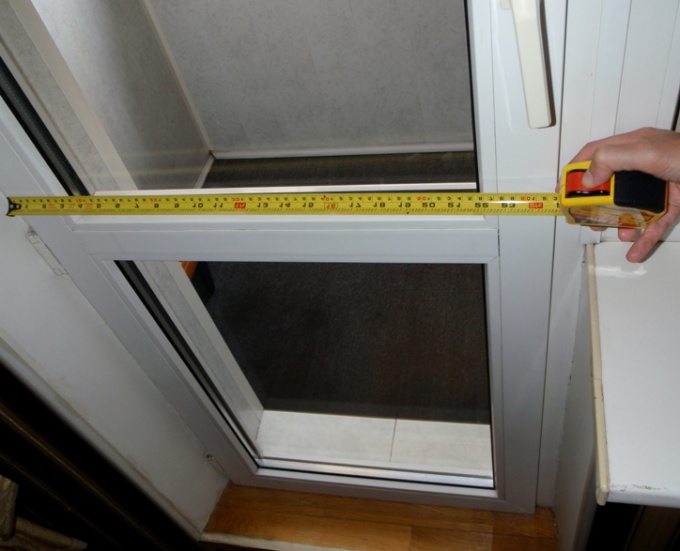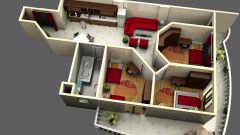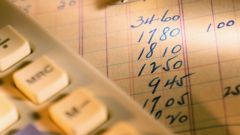You will need
- Construction tape measure, calculator, paper or notebook, pencil (pen)
Instruction
1
If the room has a regular rectangular shape, use an ordinary tape measure. Carefully measure the length and width of the room, put the results in meters, making a note in a notebook or on the Notepad. Then, using a calculator, multiply the length of the room on the width so you get the desired area of the room in meters.
2
If the room is irregularly shaped, has ledges or niches in the walls that divide the space of the room into individual rectangles. Measure the dimensions of the resulting space, determining the length and width of rectangles.
3
For greater precision, may cause a plan of the room on a sheet of paper, this does not have to be perfect to follow all the proportions. Apply a sketch the results of measurement. Then multiply the length and width of each of the individual rectangles and record their area. The final stage of the measurement consists in adding the areas of the resulting shapes.
4
If the room is a decorative elements, such as columns, that also produce their measuring tape, calculate the occupied area, and then subtract from the total area of the room the result.
5
The area of the walls also has to be measured for the calculation of purchased materials. When the area measurements of walls, use the same principles, multiplying the length of the wall multiplied by the height. Keep in mind that from the result subtract the areaoccupied by Windows and doors.
6
If during the repair you plan to decorate the room with slabs of drywall, consider the calculations that could reduce the overall area of the room.
7
The obtained results can be easily recorded in a specially made table, which should be completed for each room in the apartment. Having such a pivot table, you can very accurately calculate the number of finishing materials for walls and flooring.





